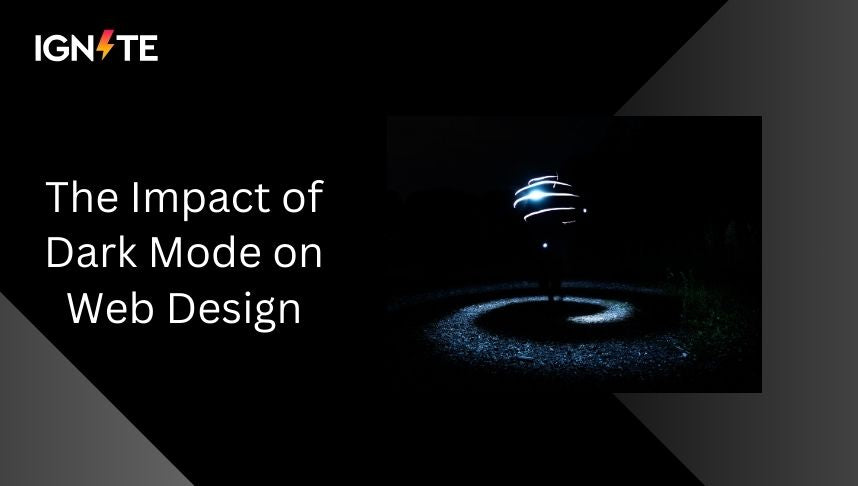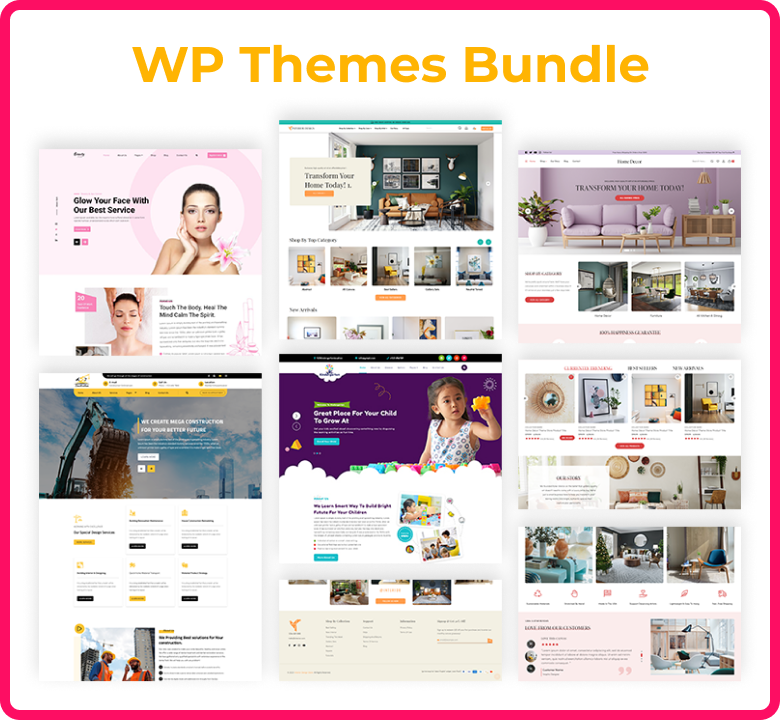Dark mode web design has become one of the most prominent trends in recent years, transforming how users interact with websites and applications. Its aesthetic appeal and functional advantages have made it a favorite among designers and users. At its core, dark mode involves inverting the traditional light-on-dark color scheme to a dark background with lighter text and elements. This approach offers a visually striking appearance and has proven to reduce eye strain, particularly in low-light environments.
The increasing demand for dark mode reflects the broader push toward personalization and improved user experience. Major platforms like Facebook, YouTube, and Twitter now offer dark mode options, solidifying its status as an essential feature for dark mode websites. For those looking to stay ahead of the design curve, Theme Ignite provides valuable insights and tools for creating captivating dark mode websites.
However, the popularity of dark mode extends beyond its visual appeal. Its benefits include energy savings on OLED and AMOLED screens, prolonged device battery life, and a sophisticated, modern look. But while dark mode has advantages, implementing it effectively poses challenges, particularly in maintaining contrast and ensuring accessibility.

Advantages of Dark Mode
-
Reduces Eye Strain in Low-Light Conditions
Dark mode offers significant relief for users in dimly lit environments. The reduced luminance minimizes the eye strain, especially during prolonged browsing sessions. For late-night readers or those working in subdued lighting, dark-mode websites provide a more comfortable user experience by lessening the impact of bright, glaring screens.
-
Enhances Visual Focus
The high contrast between the dark background and lighter foreground elements makes the content stand out. This benefit is particularly valuable for reading-intensive sites, such as blogs or coding platforms, where users must focus on text for long periods.
-
Energy Efficiency on OLED and AMOLED Screens
Dark mode web design is not just visually appealing but also energy-efficient. OLED and AMOLED displays turn off pixels in black areas, reducing power consumption. This feature is especially advantageous for mobile users who value more extended battery life.
-
Modern and Stylish Aesthetic
Dark mode adds a sleek, professional feel to a website. It aligns with contemporary web design trends, appealing to users seeking a cutting-edge look. Minimalist interfaces and subtle color palettes often pair well with dark backgrounds, enhancing the overall aesthetic.
-
Customization and User Preference
Offering dark mode as a choice caters to the growing demand for personalized experiences. Many users prefer to toggle between light and dark themes, allowing them to select the mode that best suits their preferences and environment.
Challenges of Dark Mode Web Design
Maintaining Adequate Contrast
Ensuring readability in dark mode can be challenging. A lack of sufficient contrast between text and background can strain the eyes and hinder usability. Designers must carefully balance color combinations to ensure legible and visually appealing content.
Preserving Brand Identity
Transitioning to dark mode can sometimes dilute a brand’s visual identity, primarily if the brand relies on bright, vibrant colors. Adapting such elements to a dark-themed interface requires thoughtful adjustments to maintain consistency without compromising aesthetics.
Accessibility Concerns
Accessibility is a critical aspect of modern web design, and dark-mode websites are no exception. Individuals with visual impairments, such as color blindness or sensitivity to contrast, may find dark mode challenging to use. Designing for inclusivity requires testing various scenarios and ensuring the interface is accessible to all users.
Impact on Imagery and Graphics
Not all visuals translate well to dark backgrounds. Images with transparent elements, bright hues, or white borders may clash with dark mode, disrupting the user experience. Designers must optimize graphics for light and dark themes to ensure consistency.
Tips for Designing Effective Dark-Themed Interfaces

Focus on Contrast and Legibility
The cornerstone of a successful dark-mode web design is appropriate contrast. Use light text on dark backgrounds to create a comfortable reading experience. Avoid overly saturated or harsh colors that can cause visual fatigue. A contrast ratio of at least 4.5:1, as recommended by accessibility guidelines, ensures readability for most users.
Test for Accessibility
Incorporate accessibility tools to evaluate your design. Simulate how users with visual impairments will interact with the dark theme. Tools like WCAG contrast checkers can help identify areas needing improvement, ensuring inclusivity in your dark-mode websites.
Use Muted Colors
Bright colors can appear overly vibrant on dark backgrounds, disrupting the overall aesthetic. Opt for muted tones and subtle gradients to maintain a sophisticated, polished look. Colors like pastels or desaturated hues work well in dark-mode interfaces.
Optimize Images and Icons
Adapt your images and icons for dark mode by eliminating white edges or optimizing transparency. Providing alternate versions of graphics ensures they blend seamlessly into the dark theme.
Offer a Toggle Option
User preferences vary, and not everyone may favor dark mode. Providing a toggle switch between light and dark themes allows users to choose the interface that best suits their needs. This feature enhances user satisfaction and aligns with personalized web design trends.
Highlight Key Elements
Use accent colors strategically to draw attention to interactive elements like buttons, links, or calls to action. This approach not only enhances usability but also creates a visually engaging interface.
Test Across Devices
Dark mode web design may appear differently on various devices and screen types. Test your design on desktops, tablets, and mobile devices to ensure a consistent experience. Pay special attention to OLED and AMOLED screens, where dark mode can save energy.
For comprehensive solutions to creating effective dark-mode websites, check out the WP Theme Bundle and browse the Premium Product List from Theme Ignite. These resources can help elevate your design and enhance user experience.
Conclusion
Dark mode has become a significant player in web design trends, offering both functional and aesthetic benefits. Its ability to reduce eye strain, enhance focus, and conserve energy makes it a preferred choice among users. However, implementing dark mode web design requires careful consideration of contrast, accessibility, and branding to ensure a seamless user experience.
By addressing challenges and following best practices, designers can create dark-mode websites that cater to user preferences and stand out in an increasingly competitive digital landscape. For expert advice or to get started on your dark-mode project, contact Theme Ignite for professional insights and assistance. As modern design continues to evolve, dark mode remains a powerful tool in meeting the growing demand for personalized, user-centric interfaces. Embracing this trend enhances usability and positions your website as forward-thinking and responsive to contemporary user needs.









